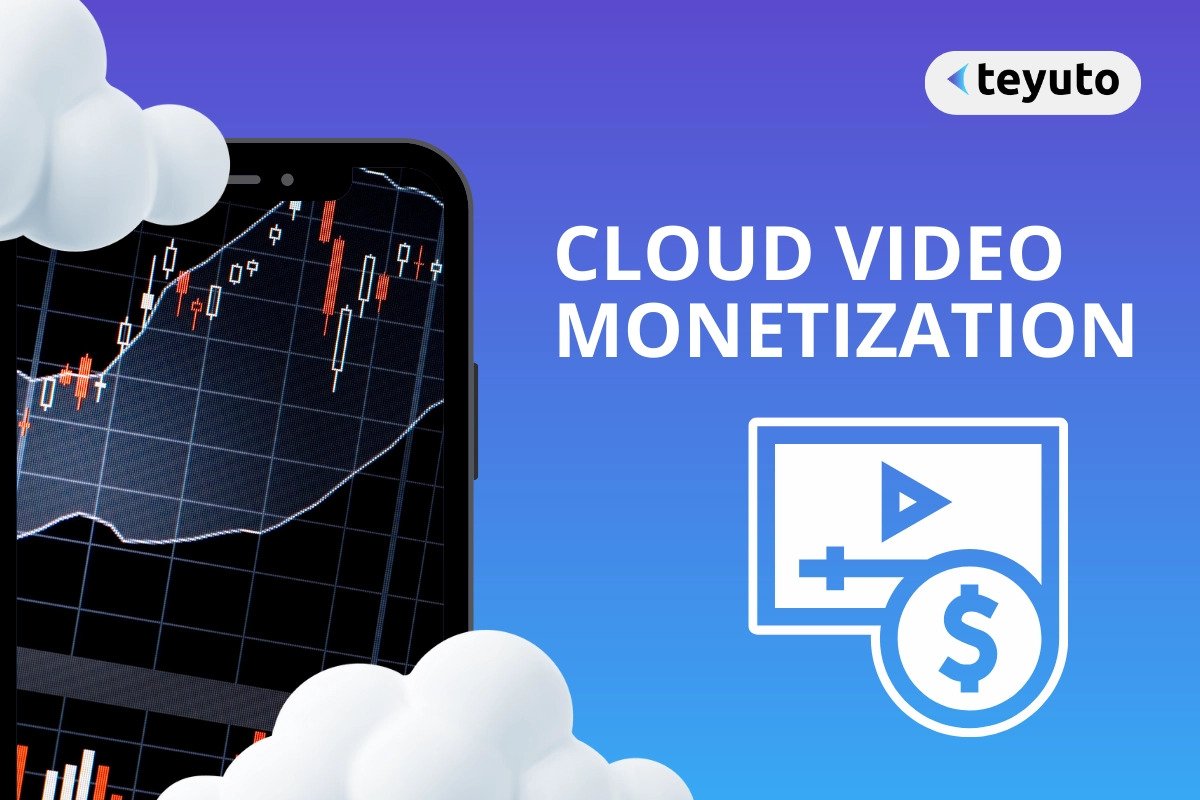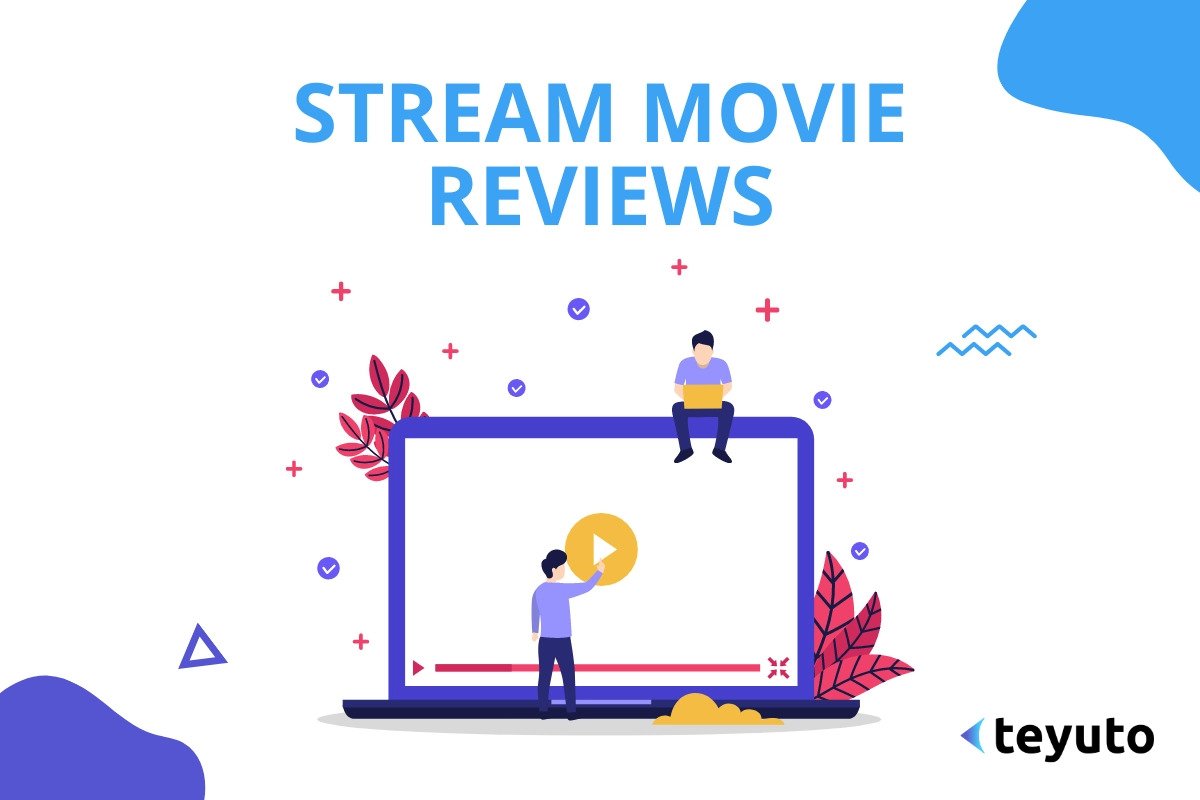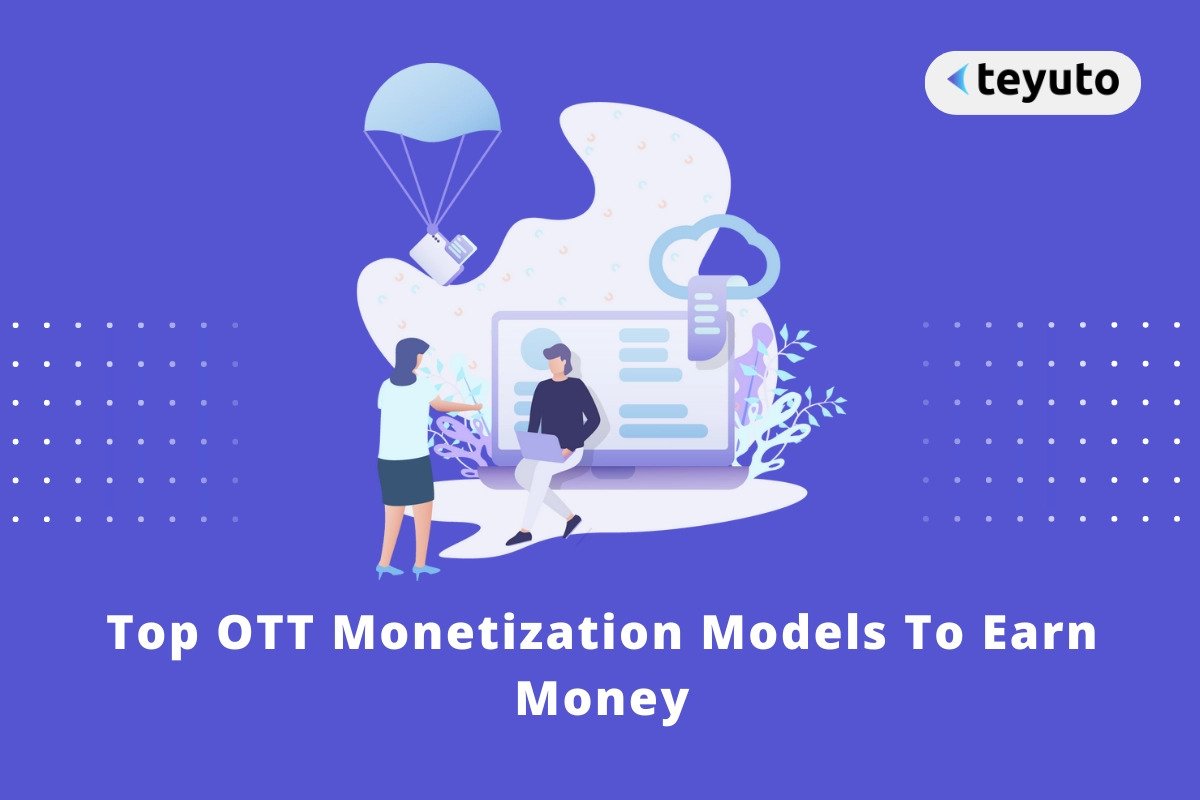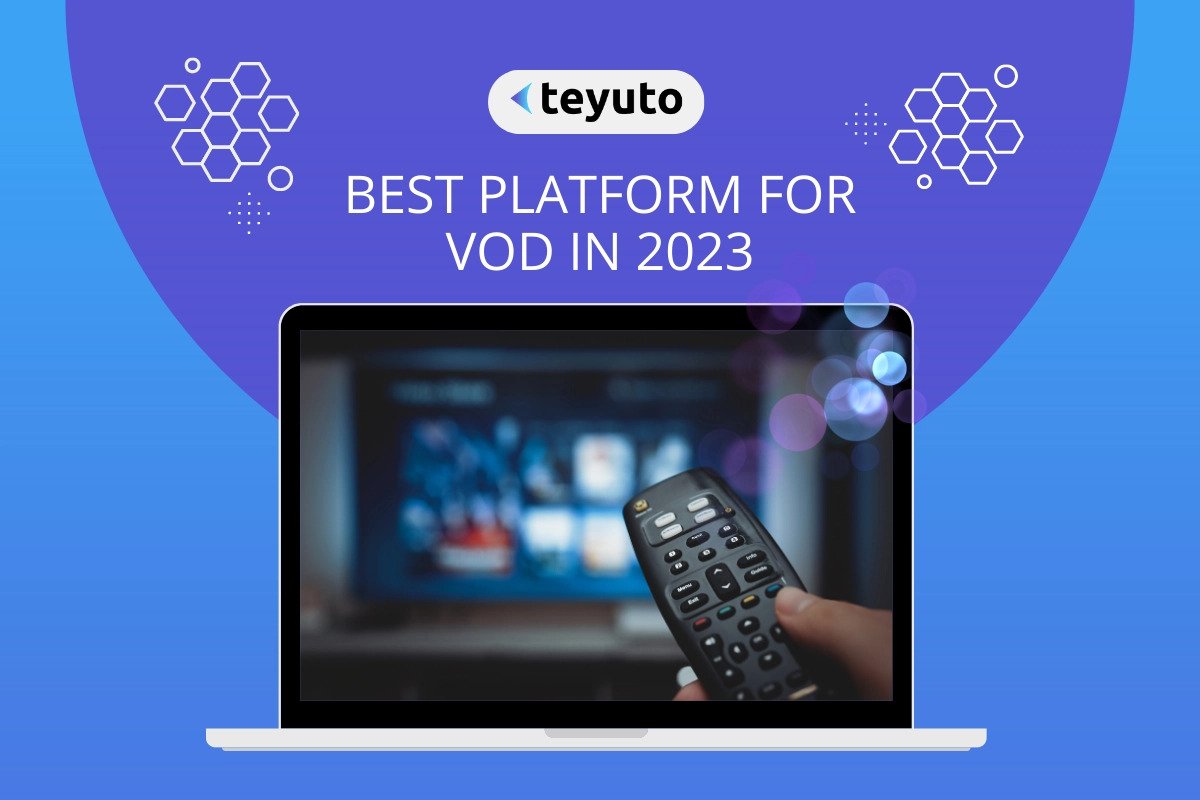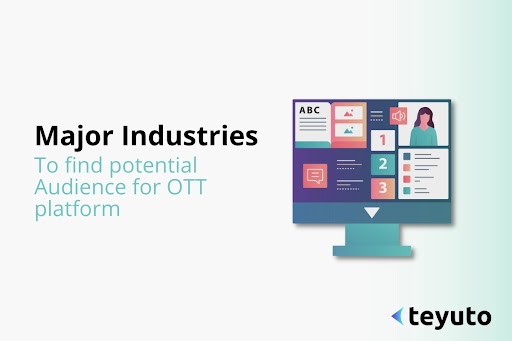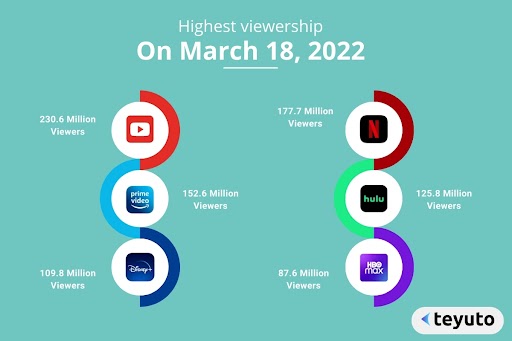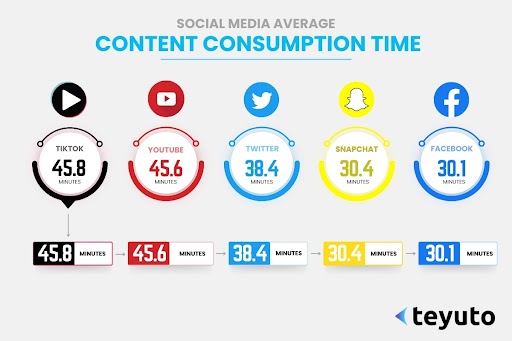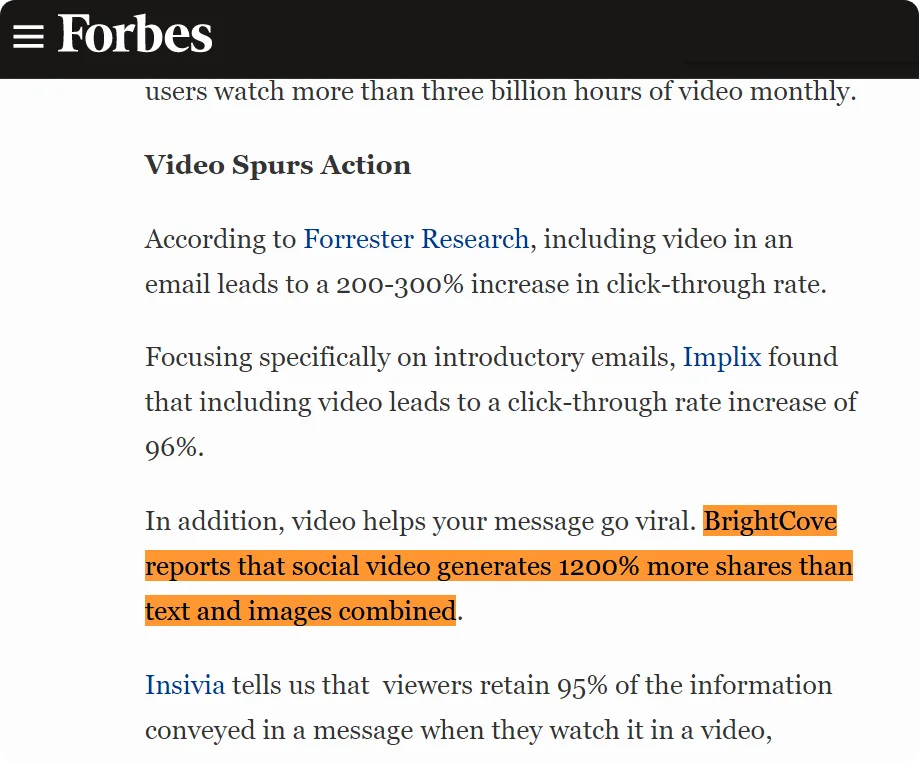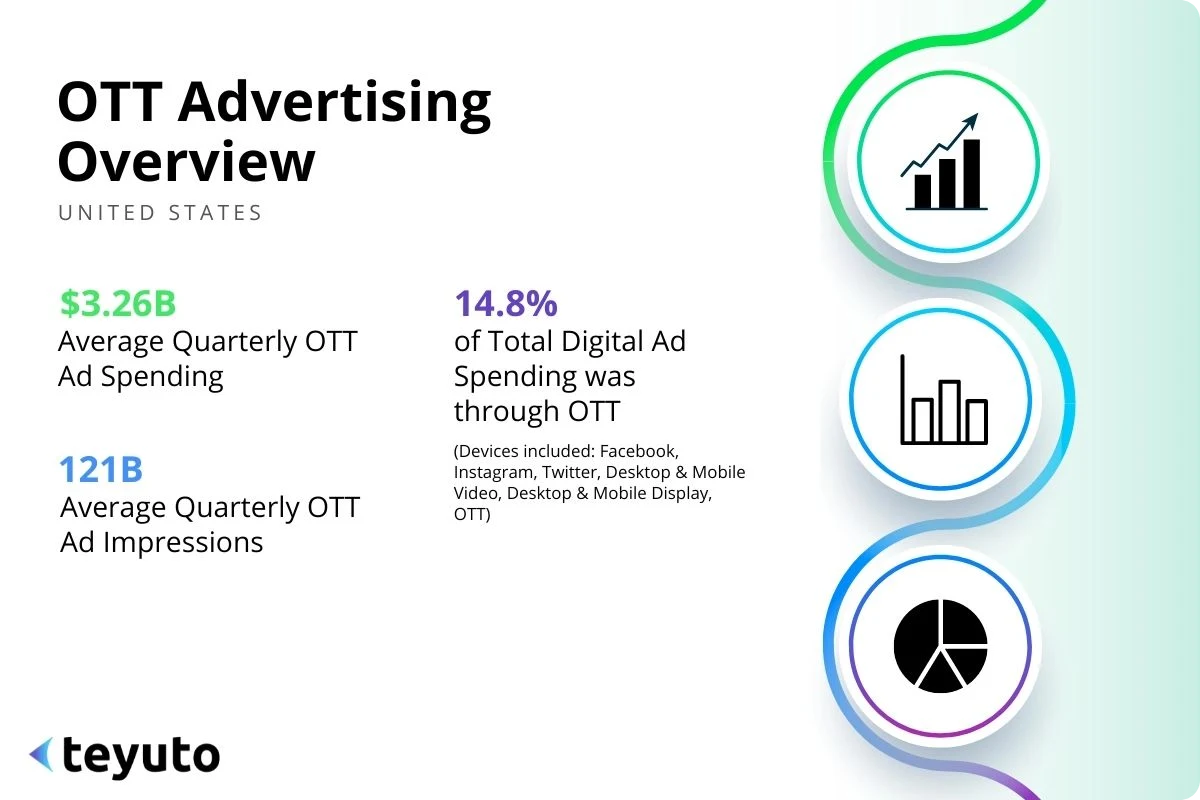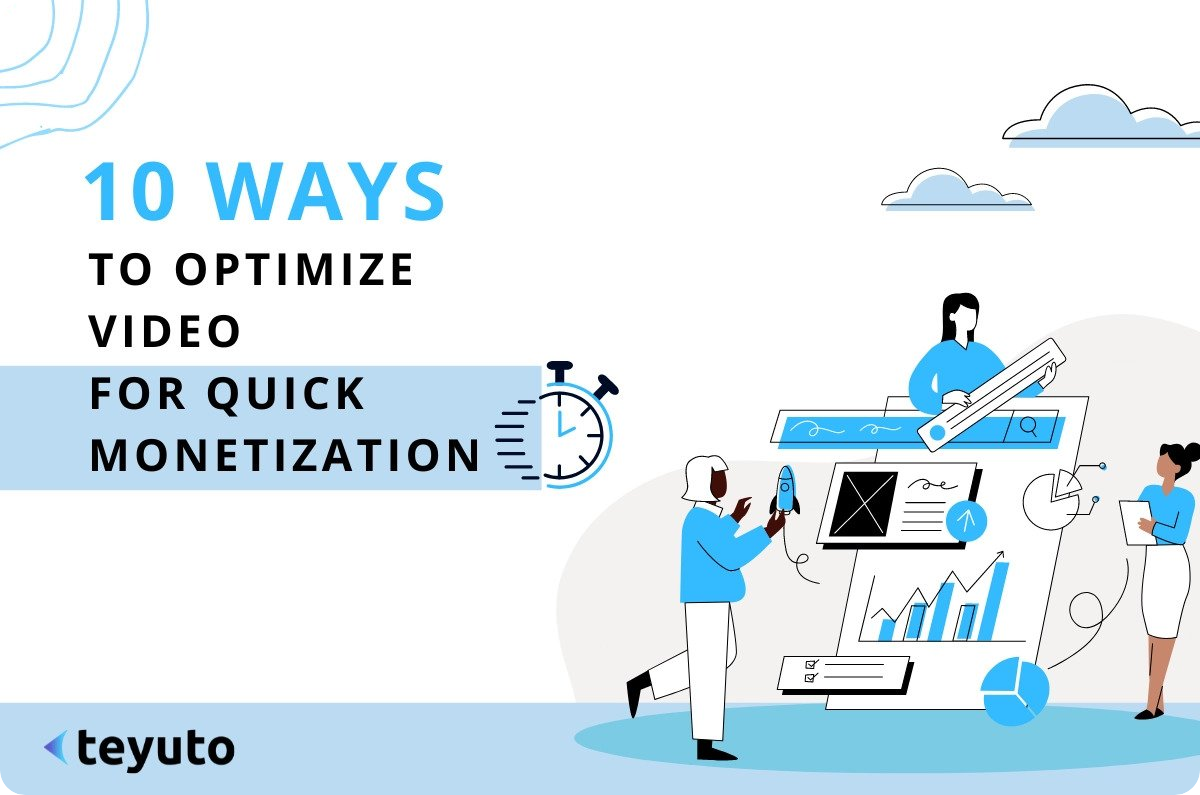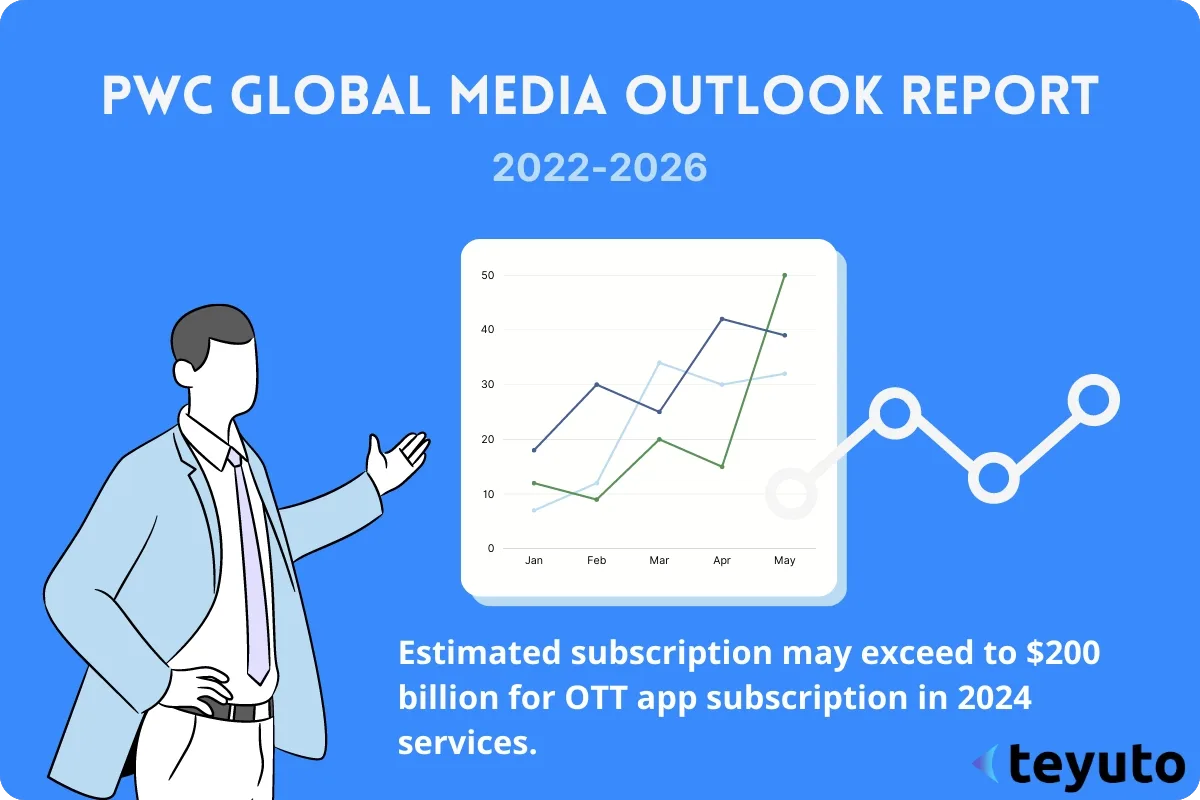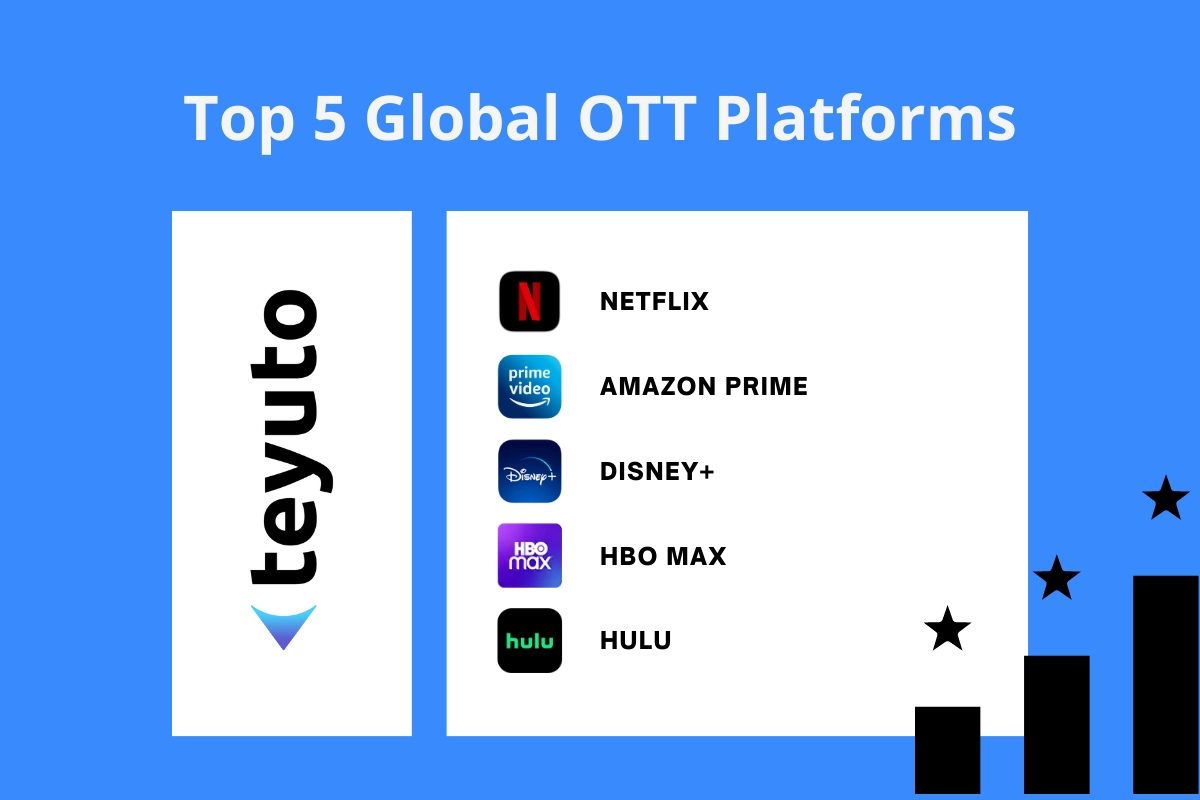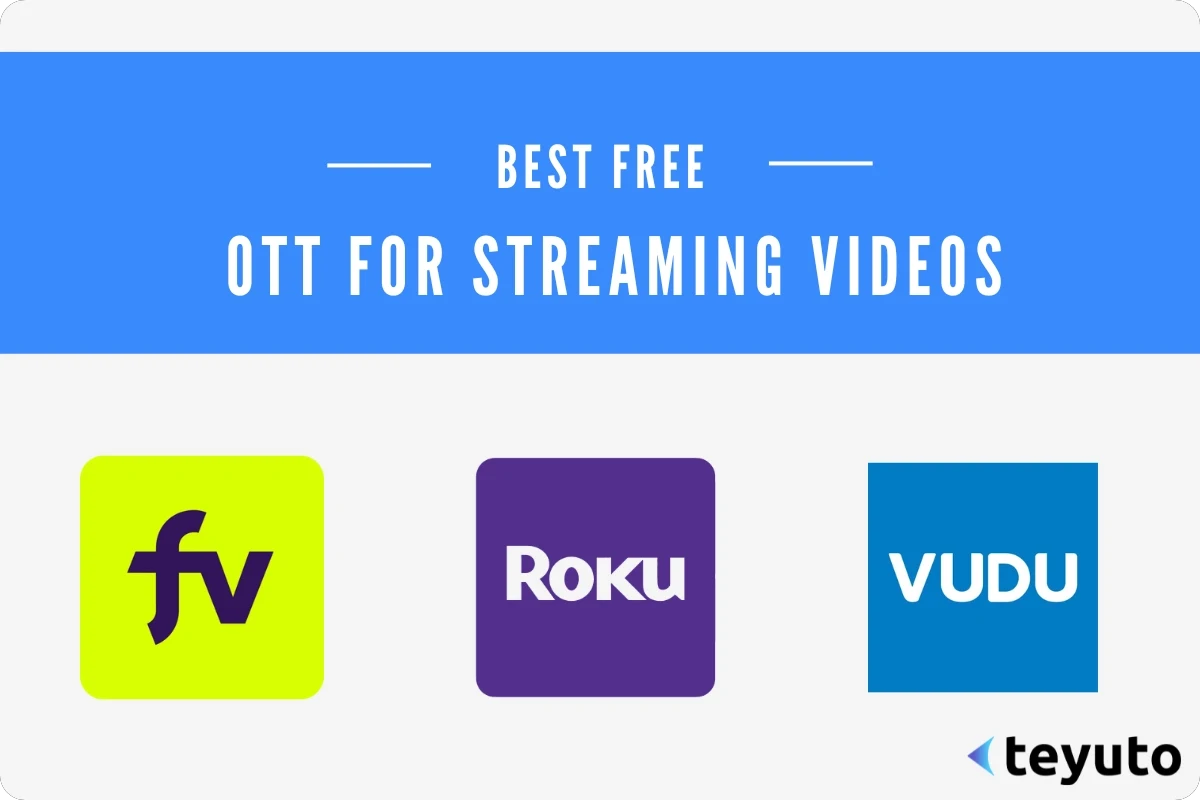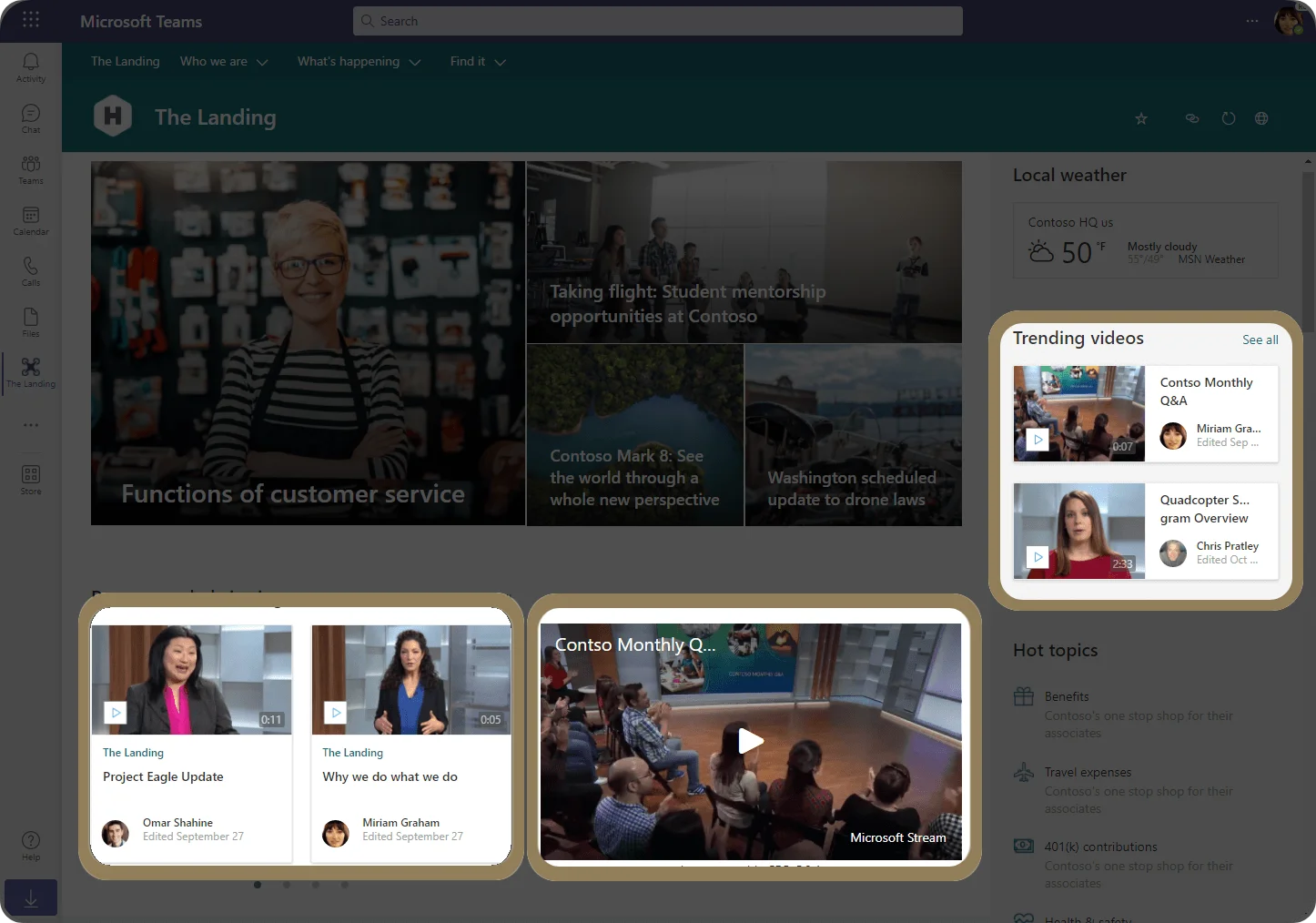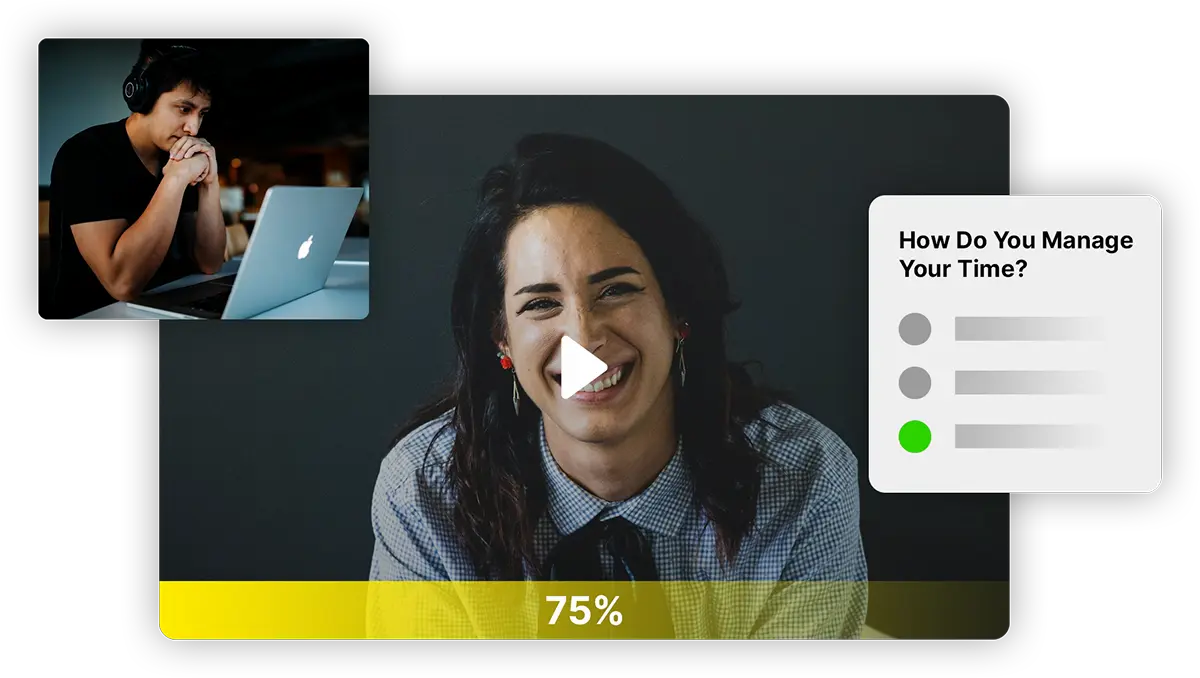10 Practical Cloud Video Marketing Strategies in 2024
Have you ever heard of Over The Top (OTT)? It has everything to do with the transmission of content over the internet and streaming platforms.
In this scenario, options such as Netflix, Spotify, and YouTube have gained more and more customers in recent years. In common, they all offered convenience and adaptation to the interests and routines of consumers.
Seeing the potential of these solutions, other big players, such as Amazon and Disney, have also entered the OTT market, building their platforms.
Today, all spheres of society continue to undergo global changes. The business sector is no exception. Startups need to heed new approaches to marketing strategies, including cloud video marketing, which has changed dramatically over the past decade.
If not so long ago, for a good indexing of a site in search engines, it was necessary to fill it with high-quality text content; today, those resources where the emphasis is on the visual presentation of data make their way to the top.
It is no longer enough for users to read about a product or service; they need to see it, so today, video marketing comes to the fore, satisfying the contemporary needs of users.
Marketing itself is hard work. Now imagine how difficult it is to promote an intangible product or something constantly changing, but what about a marketer if the project has a strange, ear-piercing name?
What is cloud video marketing?
Video marketing is a set of methods, tools, techniques, and activities to promote goods, services, or a brand using video content. Commercials, video reviews, video blogs, image clips - all these are types of video content that stimulate consumer demand.
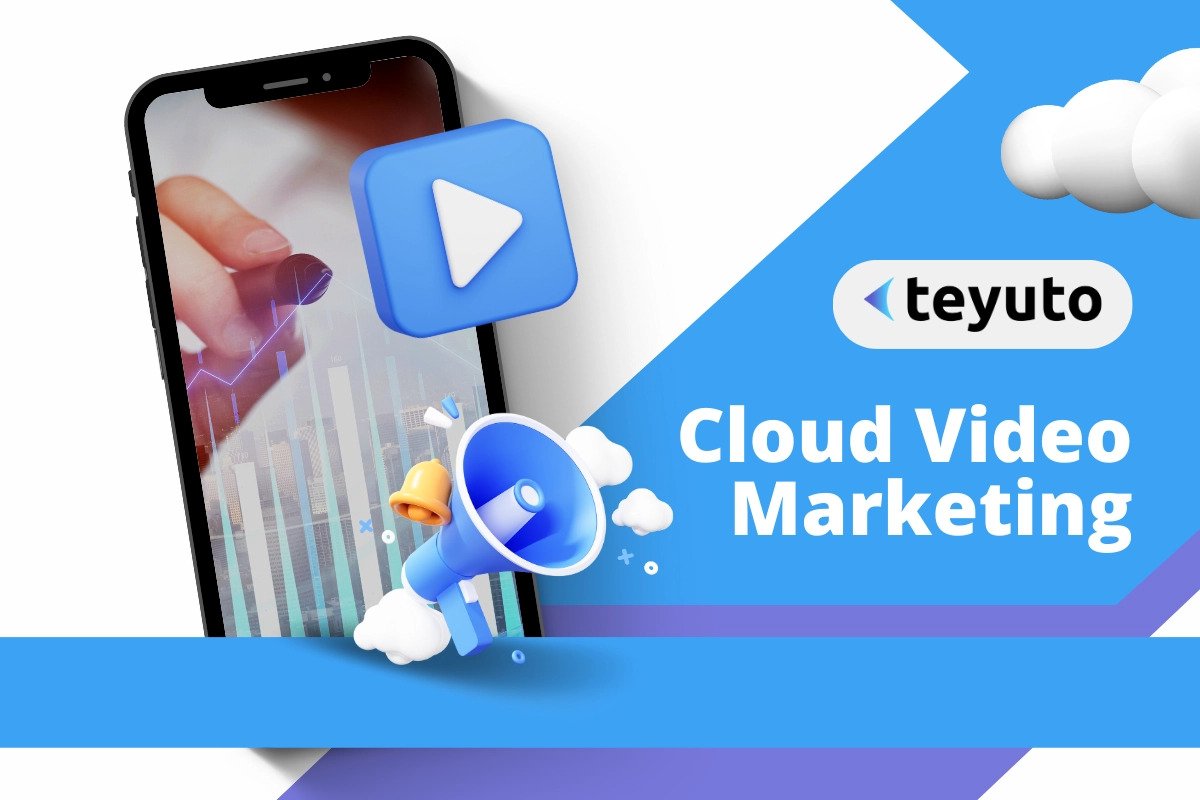
It is widely known that after reading the information, only 10% is absorbed; after listening - 30%, and after watching - 60%. With each communication revolution in capturing and transmitting information, the amount of information surrounds people everywhere. As a result, information is constantly increasing. That is why we recommend that you pay attention to video marketing.
Of course, a certain level of information noise is natural for any social and communicative environment; however, the development of the consumer society leads to an increase in information noise - from advertising on city streets to search engine optimization on the Internet.
Therefore, the issue of keeping the attention of the target audience on the content offered by the company becomes important. The message transmitted through video operates simultaneously with text, audio, and visually perceived dynamic images; therefore, it can influence the user.
The popularity of video marketing as a tool for promoting the services of various organizations has recently increased significantly. So, according to a study by Cisco, in 2022, more than 82% of Internet traffic is video content.
Benefits of Video Marketing
Cloud video marketing delivers several advantages:
1. Accessibility*:* The Internet is available to a huge number of consumers
2. Free and Constant Traffic: Once having read the video, users can repeatedly visit the company's website and its pages on social networks
3. Popularity: Video among users is in greater demand than text or photo content
Also, the visual component, due to the array of transmitted information embedded in it, can affect not only the rational part of the consciousness of the individual but also the emotional one and, thereby, enhance the effect of the impact.
With the spread of mobile devices and the ever-increasing amount of information surrounding people, consumers devote less time to detailed studies. It is easier for users to watch a video review or instruction than to read longer texts requiring time and concentration.
The importance of video content cannot be overestimated. The consumer left to social media, and there he prefers video content. It would be inappropriate to ignore this fact.
In addition, video content helps to remember the product. According to HubSpot, 80% of consumers remember a video they watched a month ago.
In today's content marketing industry, video marketing is one of the few tools that deliver value, relevance, and adaptability according to consumers' demands.
With the help of video marketing, it is possible not only to:
- Tell consumers about the sales pitch in the shortest possible time
- To promote the brand
- To attract new customers and increase their loyalty to the company.
According to surveys by Content Marketing Institute in 2022, it was found that after the introduction of video marketing in a company:
- Users began to better understand the product;
- Time spent on the site has increased;
- Their sales have increased;
- The number of calls to technical support has decreased.
How to convert users into SaaS buyers?
Several samples in the store? Maybe. Send a sample by mail. Maybe. But give away a full-fledged product for free - never! If you were selling a product with a physical form, you would not just give it to people.

However, this is exactly what SaaS companies should do. Free provision of your product or service to interested potential customers is one of the most common techniques in cloud platform marketing.
There are many options for implementing this approach: a free trial, a version with limited functionality, etc. The key here is the word "free," which is the foundation of marketing in this area.
What will you get with video marketing?
1: Increasing Conversion and Traffic
Thanks to the video, the user immediately understands what the site is about; he does not need to get acquainted with long texts containing incomprehensible terminology to understand the issue. Not everyone has time for this, at least.
According to Hubspot, almost 50% of internet users watch videos about a product or service before visiting a store. Videos are a kind of "anchors" that allow you to catch the client's attention.
2: Develop Relationships With Clients
As we have already mentioned, by using video, you simultaneously operate textual, audio, and video information, and the constant consumption of all basic types of perception contributes to the formation of contact with the audience.
3: creasing the Visibility of The Site in Search Engines
For search engines, the presence of unique video content on the resource is a positive factor in ranking; moreover, placed on any video hosting with the correct description, the video will be reflected in the search results.
4: Expand Customers' Loyalty
The variety of content increases the value in the eyes of consumers, after which they are more likely to apply for a demo of your product.
5: Competitive Advantage
Despite the high popularity of video marketing, many companies still use the old promotion tools, but modern business realities are such that companies are more willing to redefine their ways - flexible users who also know how to adapt to a rapidly changing world.
6: Personalized Communication With the Buyer
When watching the video, the user gets the impression that he communicates with the author personally and receives personal advice, contributing to the growth of consumer loyalty to the brand.
7: Additional Platform for Communication With Clients
Posting your videos on various platforms increases the number of contact points with users. You can communicate with the audience through comments and talk about special promotions and offers. All this translates into loyalty.
8: Brand Recalling
According to HubSpot, 80% of consumers remember a video they watched a month ago. Branding gives the manufacturer several undoubted advantages, among which are:
1. Enhancing brand image and recognition
2. The possibility of higher pricing for products and gaining consumer confidence
3. Increase in the number of regular customers
4. Reduction of monetary costs for an advertising campaign for a new product type.
9: Video Content Optimization
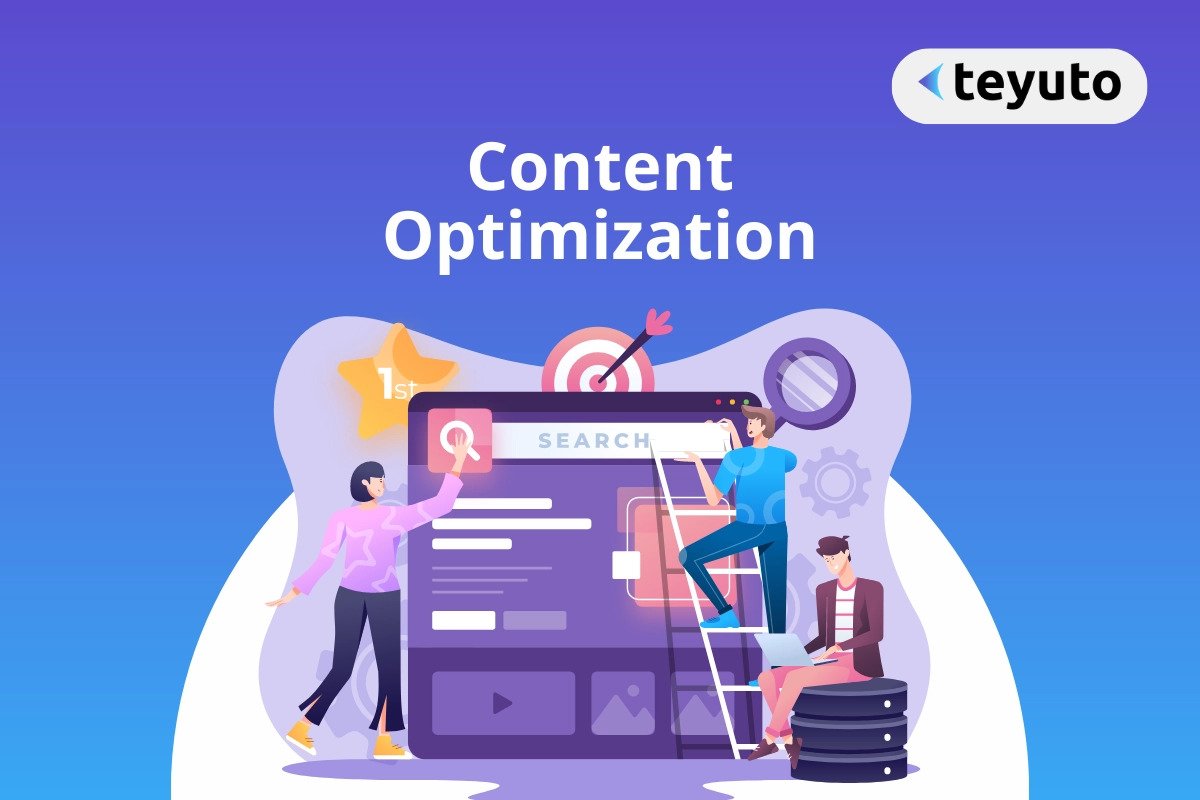
Following the idea of responsive design, video adapts well to any device the user wants to play it. A high-quality design of the mobile version of the site will ensure an influx of the target audience that uses mobile devices to order services on the Internet.
10: Video Content Tends to Go Viral
According to research, about 92% of people share videos with other people. This is a significant figure, far exceeding the distribution percentage of any other type of content.
Thus, video marketing is becoming one of the most demanding types of marketing to:
- Build trust
- Loyalty
- High conversions
Cloud video marketing provides a unique opportunity to personalize your communication with your customers, making a real impact on them. Videos evoke emotions that stimulate action. The consumer wants to know that he made the right choice, and video, in this case, is the ideal tool for this.
What Are The Advantages Of OTT Content?
In the current context, in which life is transformed by the digital, OTT contents are presented as tools for maintaining and expanding the audiovisual market, facilitating the sharing and delivery of quality products. They also provide tailored benefits for users, democratizing access to various items.
For The Consumer
An obvious benefit for the consumer is the reduction in prices to accompany the content since paying for cable TV services or investing in films or albums is unnecessary.
Through a subscription or purchase of media on demand, it is possible to watch or listen to what you want at affordable prices, with the advantage of canceling the subscription without bureaucracy.
OTT platforms also allow potential customers to try the service for free and only be charged if they want to stay after that period.
The consumer does not need to worry about copyright infringement, as companies that provide OTT services acquire these rights and undertake to deliver only authorized content.
Finally, we cannot fail to mention many options available in the catalogs of the platforms with all the comfort, released through a standardized payment and without consumption limit.
To The Producer
All these benefits attracted big players and medium and even small companies that want to deliver their content to employees or customers.
This is because, by becoming producers in the OTT model, these companies have a considerable gain in the quality of deliveries, eliminating the need for downloads and allowing the public to consume content from different devices. They just need to be connected to the Internet.
OTT platforms allow customization by inserting resources, buttons, and interactive options to bring the organization closer to the target. Professional services can even yield new sources of income for companies by charging for a single access or subscription to the platform.
Summing Up
Along with the development of OTT platforms, marketing approaches must also evolve. Similarly, this article may become obsolete after a couple of months. However, this is unlikely because a great product and impeccable service, the focus of most posts, will always be a central component of cloud marketing.

